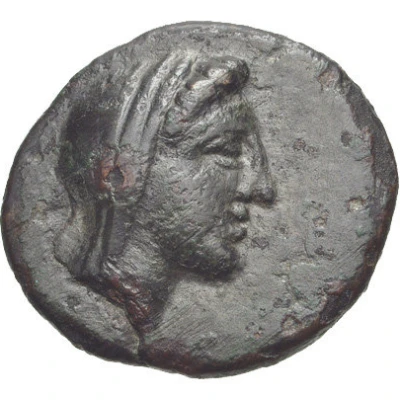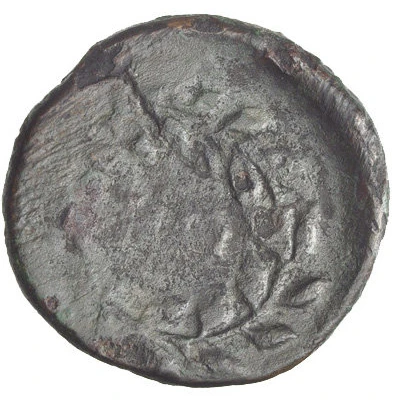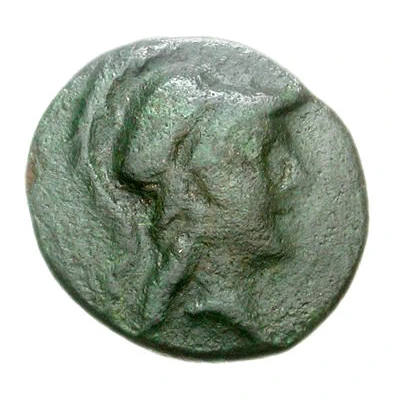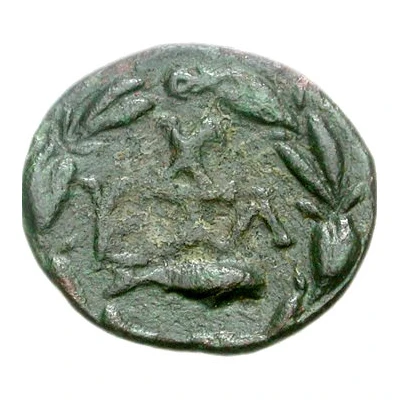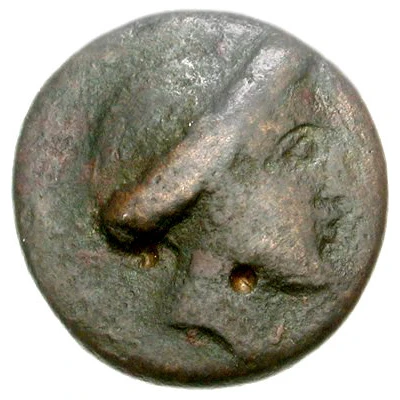
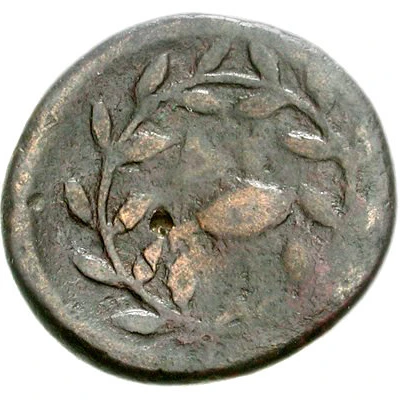

© Classical Numismatic Group, Inc.
Tetrachalkon 300 BC - 250 BC
| Bronze | 5.48 g | - |
| Issuer | Dyme (Achaia) |
|---|---|
| Type | Standard circulation coin |
| Years | 300 BC - 250 BC |
| Value | 1 Tetrachalkon = ½ Obol = 1⁄12 Drachm |
| Currency | Drachm |
| Composition | Bronze |
| Weight | 5.48 g |
| Shape | Round (irregular) |
| Technique | Hammered |
| Demonetized | Yes |
| Updated | 2024-10-10 |
| Numista | N#143608 |
|---|---|
| Rarity index | 100% |
Reverse
Lettering ΔY above a fish that faces left. All within wreath tying below
Script: Greek
Lettering: ΔΥ
Interesting fact
The Tetrachalkon coin was used as a form of currency in ancient Greece, specifically in the city of Dyme, located in the region of Achaia. The coin was made of bronze and weighed around 5.48 grams. Despite its small size, the Tetrachalkon coin held significant value in its time and was used for everyday transactions, such as buying goods and services. It's fascinating to think about how a small, bronze coin like the Tetrachalkon could have played a vital role in the economy of ancient Greece, and how it would have been used in the daily lives of people living in that time period.
